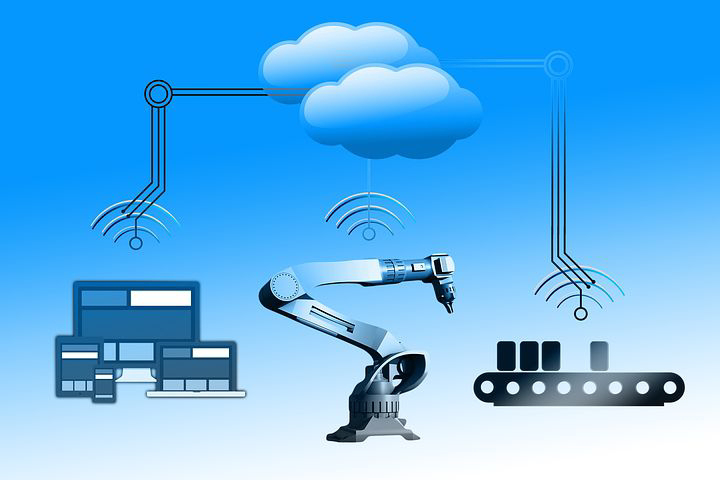What is PLC System
Programmable Logic Controllers, or PLCs, are a type of computerized control system used in industrial and manufacturing settings. They are designed to automate and control various processes and machines, such as conveyor belts, assembly lines, and packaging equipment. PLCs are a popular choice for process control because they are durable, reliable, and easy to program.
A PLC system is made up of several components, including the processor, input/output (I/O) modules, and programming software. The processor, also known as the brain of the system, is responsible for executing the control program and monitoring the system's inputs and outputs. I/O modules are used to connect the PLC to sensors and actuators in the field, such as push buttons, limit switches, and motor starters. The programming software is used to create, edit, and test the control program.
PLCs are programmed using a specialized programming language, such as ladder logic, which is a graphical representation of electrical wiring diagrams. Ladder logic is a type of programming language that is easy for people with an electrical background to understand, as it uses symbols and diagrams that resemble electrical schematics. PLCs can also be programmed using other languages such as functional block diagrams (FBD), sequential function charts (SFC), and structured text (ST).
The main advantage of using a PLC system is its flexibility. PLCs can be easily reprogrammed to control different processes or machines, making them a cost-effective solution for process control. They are also designed to operate in harsh industrial environments, such as factories and power plants, and can withstand extreme temperatures, vibration, and other harsh conditions. Additionally, PLCs are equipped with self-diagnostic features that allow for easy maintenance and troubleshooting.
PLCs have been used for decades in a variety of industries, such as manufacturing, food and beverage, packaging, and mining. They are used to control a wide range of processes and machines, including conveyor belts, assembly lines, packaging equipment, and even entire production lines. PLCs are also used in building automation systems, such as heating, ventilation, and air conditioning (HVAC) systems, and in industrial automation systems, such as robotic systems and programmable automation controllers (PACs).
PLCs have evolved over the years, becoming more powerful and versatile. Modern PLCs can be connected to various other devices and systems, such as sensors, actuators, and other control systems, using various communication protocols like Ethernet, Modbus, Profibus, etc. They can also be integrated with other software and systems, such as supervisory control and data acquisition (SCADA) systems, manufacturing execution systems (MES), and enterprise resource planning (ERP) systems.
In conclusion, PLC systems are an essential part of the automation industry and have been widely used for decades. They are a cost-effective, flexible, and durable solution for process control in various industries, including manufacturing, food and beverage, packaging, and mining. With the evolution of technology, PLCs have become more powerful and versatile, with the ability to connect to various other devices and systems, and can be integrated with other software and systems. PLCs are easy to program, maintain and troubleshoot, making them an ideal solution for process control.





Post a Comment